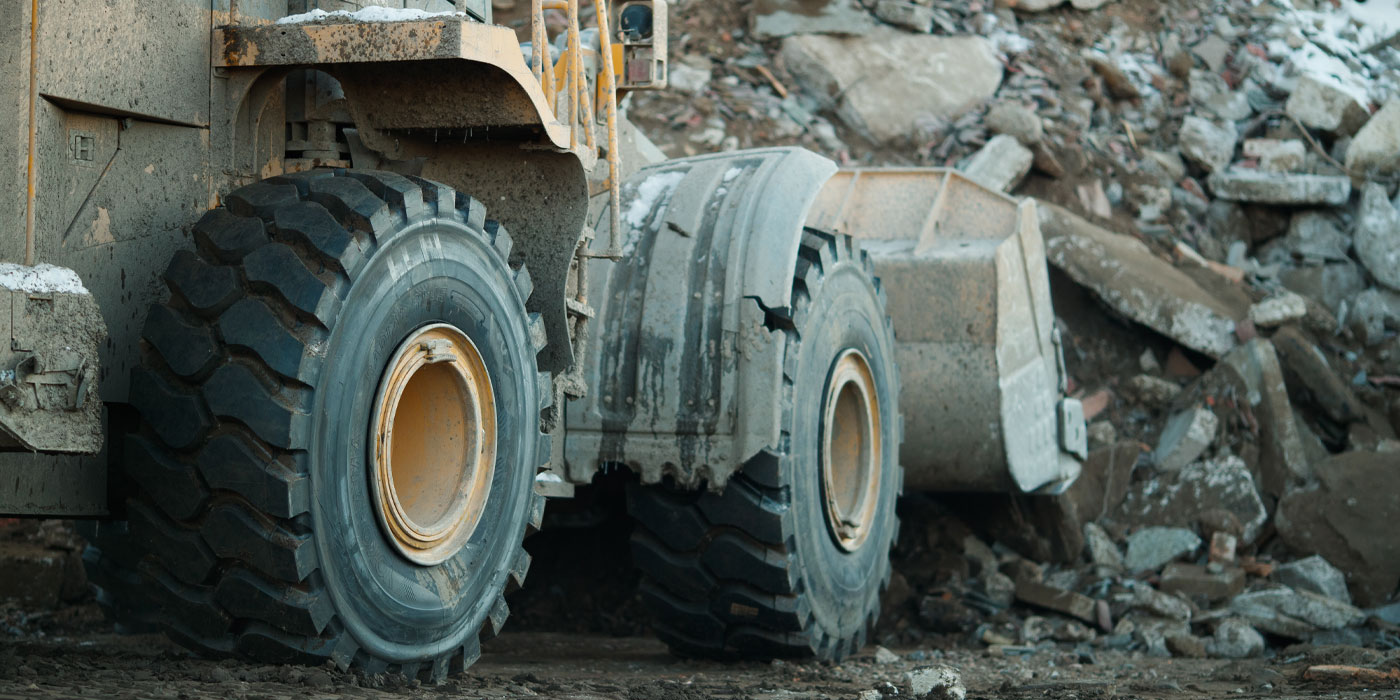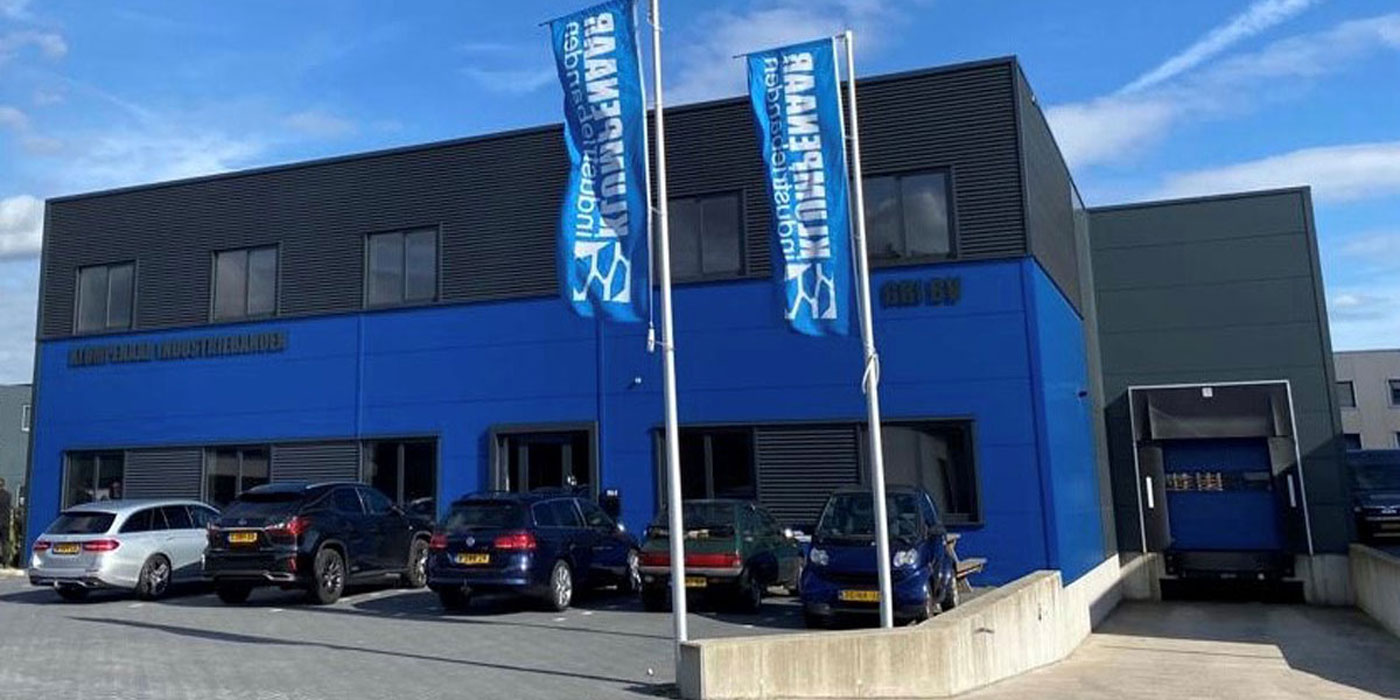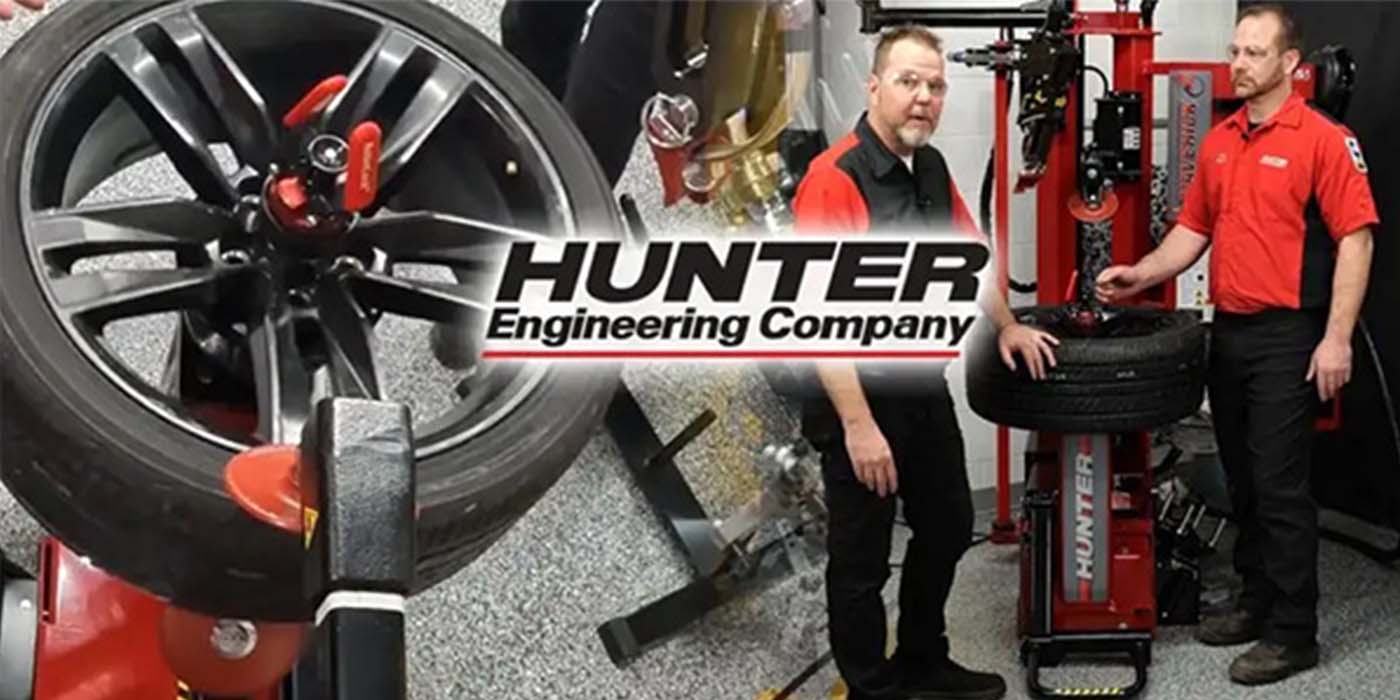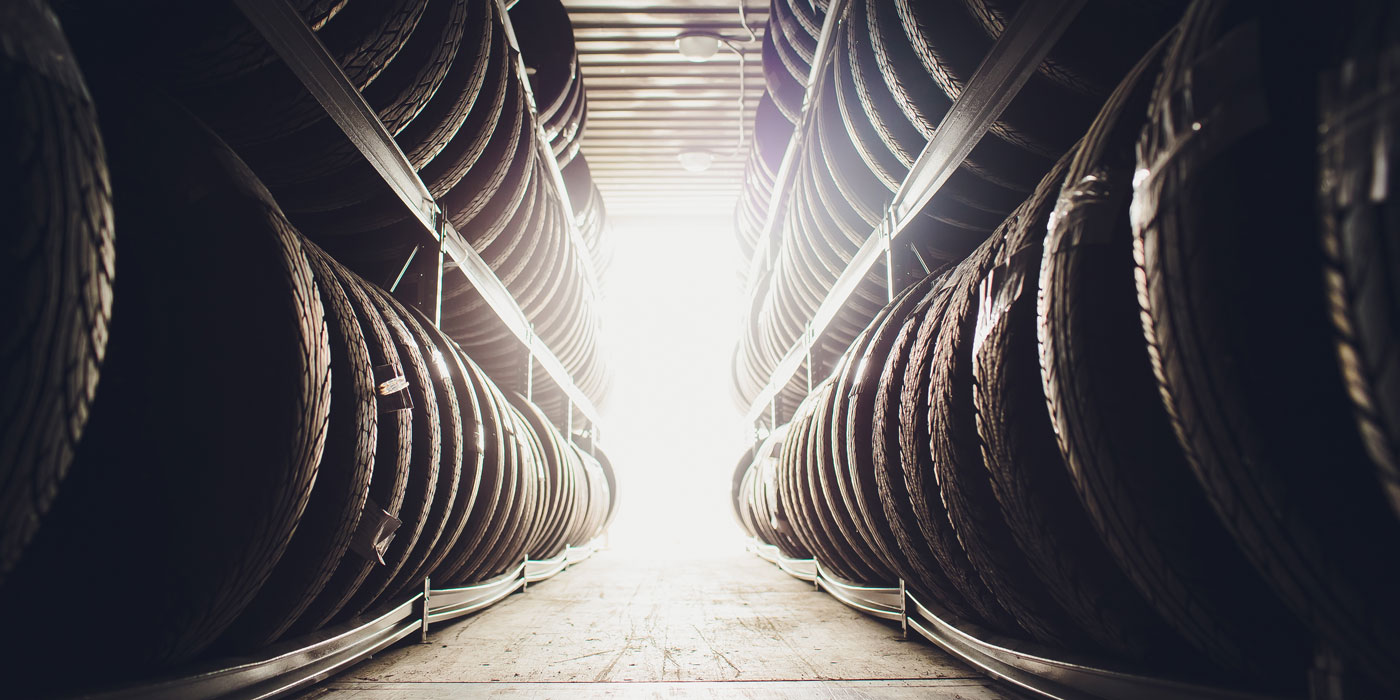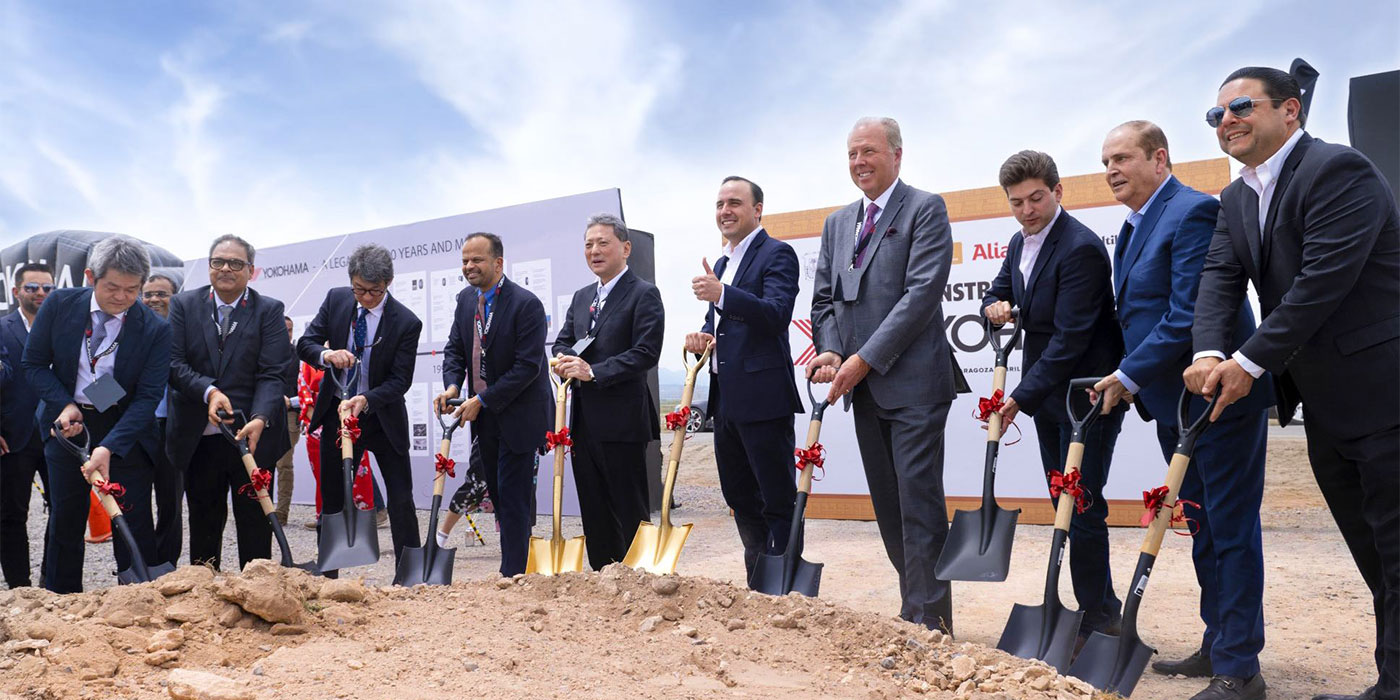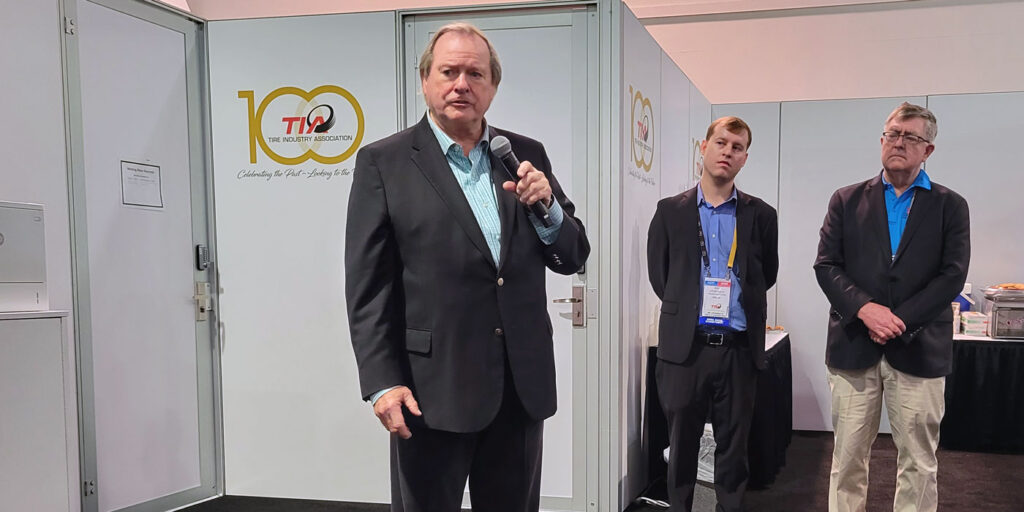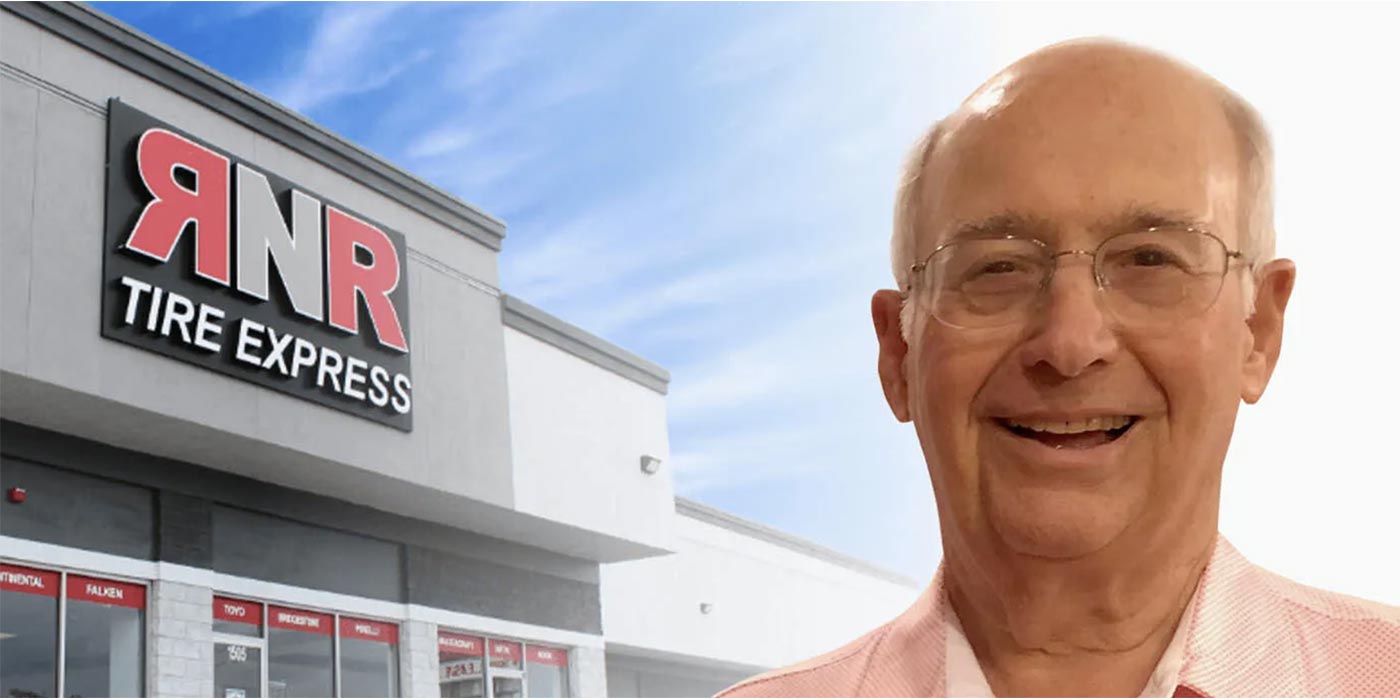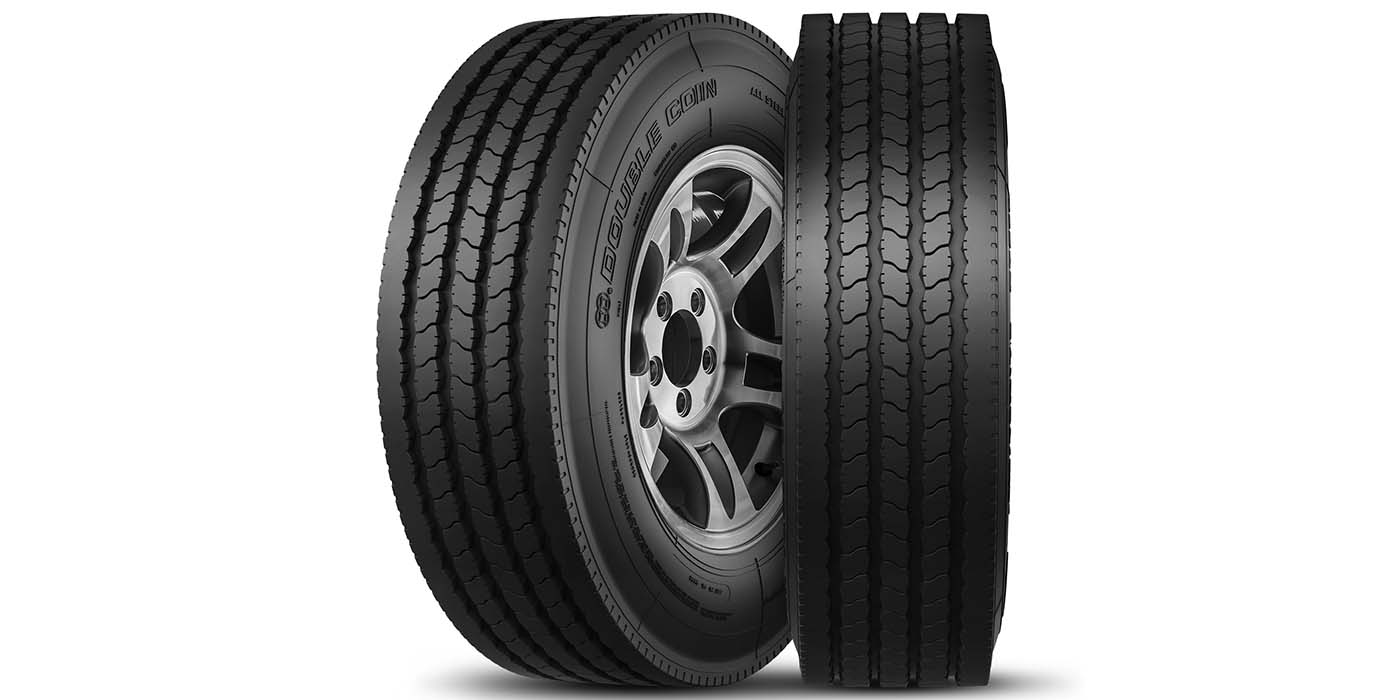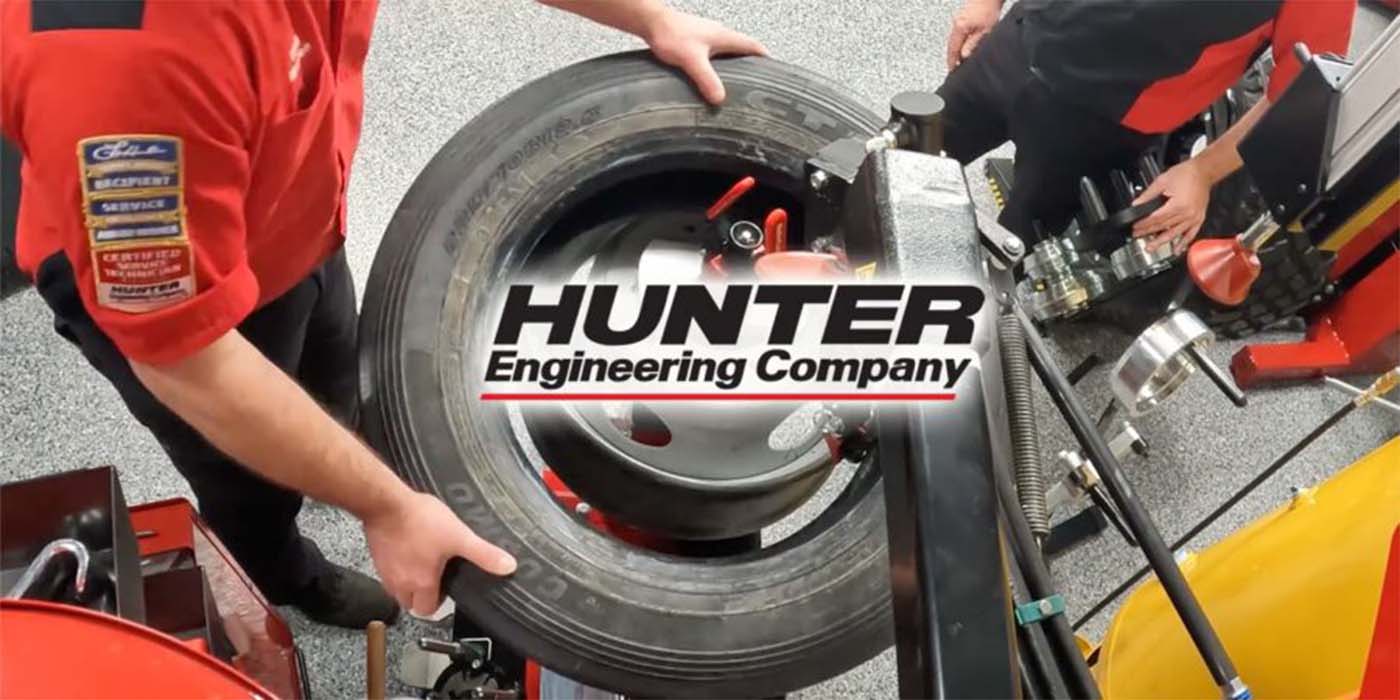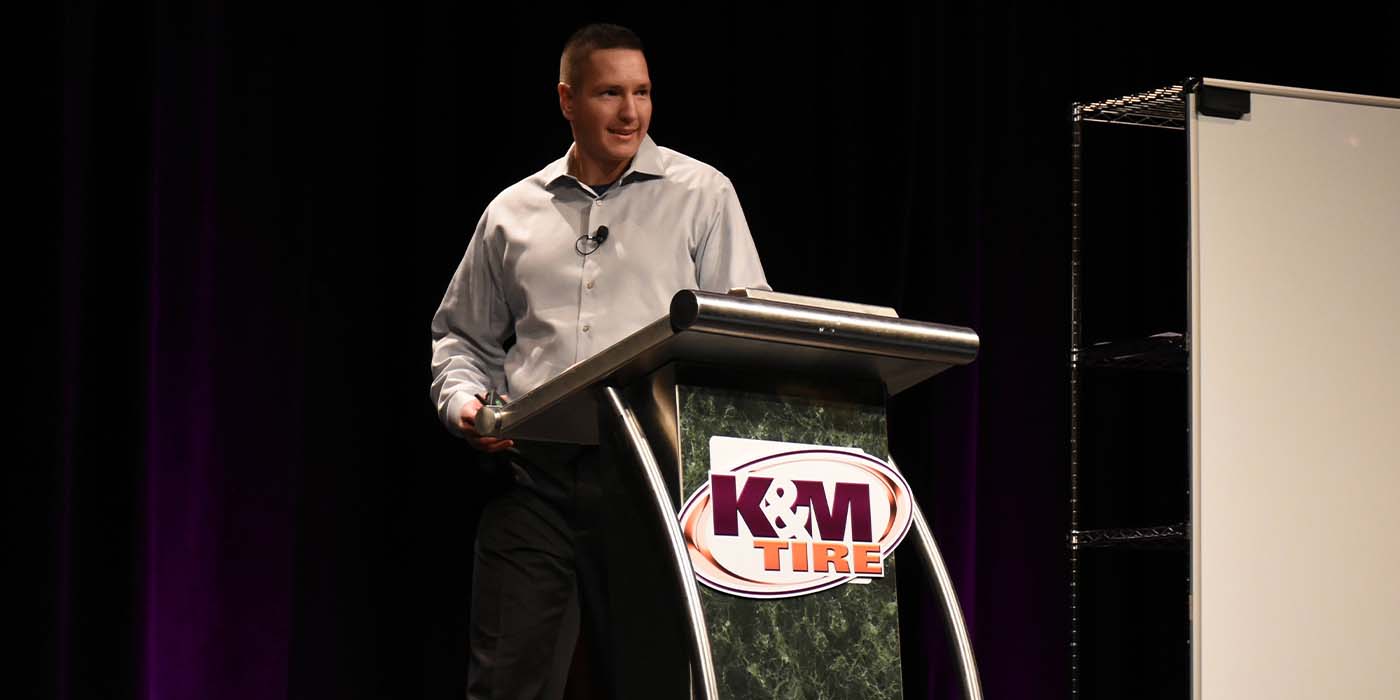This continent is full of potential, something that is demonstrated by the fact that all the major players are there (Pirelli, Goodyear and Bridgestone/Firestone being particularly strong) and are already positioning themselves for the next market explosion.
However for all its potential, the continent can also be described as tumultuous – at the end of November 2005, for example, Bridgestone/Firestone had to quell a violent dispute at a plant in Venezuela.
When analysts talk about emerging markets the term ‘BRIC nations’ is sometimes used. This acronym refers to Russian, Indian and Chinese markets and the South American nation of Brazil. In general terms, Brazil is seen as the continent’s number one market. And with good reason.
Quite apart from its vast geographical size (the country borders nine of 10 South American countries and covers more than 8.5 million square kilometres), Brazil is seen as the market of the future because of its vast reserves of natural resources, huge agricultural industry, and large labour pool. In addition there is a real emphasis on road transportation – 60% of the nation’s freight was sent by truck last year.
Like other emerging regions, the South American nations generally suffer from poor road infrastructure and low levels of radialisation. However the severity of this situation varies from country to country. Take truck tyres for example. Across the continent, the radialisation rate is less than 50%. And on a national basis countries like Bolivia are believed to be as low as 20%. Some estimates put Brazil and Chile’s radialisation rates at as much as 60 %. In this respect South America can be seen as a patchwork quilt of nations, each one having its own ‘flavour’.
This 40% variance in radialisation rates is largely put down to the various national governments’ differing levels of determination to improve their respective road networks. In order to improve the situation, Brazil’s government has attempted to instigate public-private road development partnerships. But due to the large initial investments needed and the long-term nature of these schemes, they are proving less popular than expected and improvements are not occurring as quickly as the tyre industry might like.
Brazil is by no means the only country of interest in South America, but it is certainly many companies’ first port of call. Industry observers report that all the markets offer potential benefits to daring entrepreneurs. Argentina, Chile and Colombia are highlighted as being of particular interest after Brazil.
A word of warning: some industry sources have reported difficulties when it comes to receiving payments in many of the South American nations. However, Continental Latin America general manager Renato Sarzano reports that it doesn’t have to be this way, saying: “Local knowledge is crucial to maintaining good business relationships.” In this respect Chile is singled out as being very reliable to do business with, and therefore of added interest.
A look at the largest market…
Brazil suffers from slow economic growth. In 2002, Brazil’s GDP grew 1.9%, falling to 0.5% in 2003 before rising to 4% in 2004 and seesawing back down to 2.3% in 2005. Despite vast resources and an enormous agricultural market, the country has recorded an average GDP growth of just 3% a year since 1980.
Other emerging markets like India and China are currently growing at nearer 10% each year.
The problem is high interest rates are curbing consumer spending; consumers can expect to pay 8% each month on credit card balances. Interest rates are coming down, but not quickly enough for many. And in a country with a grand canyon-sized wealth gap this does not make life straightforward the tyre business. A focused approach is needed.
Continental’s Latin America Office General Manager, Renato Sarzano, concedes that his company did not fully take this into account in the early days of the company’s Brazil operations. “We lost a lot of money trying to compete in every segment,” he explained in an interview with Tyres & Accessories. Continental has run a Latin American office in Brazil since 1998 based in Brazil. In the last seven years the company’s has grown from being a virtually unknown player to holding a 1.5% market share.
Now the strategy is somewhat different and sees the manufacturer aim at niches like the high performance market in the hope that brand take-up will filter down into the volume market. It is worth pointing out that the premium and high-performance segments are a little different in Brazil. With an average Porsche costing three times as much as it does in the U.S., the fact that a driver chooses your tyres really means something, Renato Sarzano explained.
However this end of the market certainly does not represent the majority of drivers. To this end Continental sells both the Conti and Barum brands currently in a 75:25 split in terms of passenger car sales.
The nation’s most popular size is said to be 165/70R13, something that is driven by government tax break on 1-litre so-called “popular cars.” As a result small VW and Fiat vehicles are not an uncommon sight on Brazil’s streets. Outside Brazil 175/65R14 and 235/75R15 are also reported to be commonplace as there is a great prevalence of far-eastern car manufacturers in the neighbouring countries.
Relatively large sizes are more common than you might think, something that is largely due to the popularity of pickup trucks and 4×4 vehicles. As a result wide aspect rations and 15- and 16-inch sizes are the mainstay of the market. Anecdotally, SUVs and pickups are said to make up 35% – 40% of the market. In Venezuela 295/5015 is reported to be the most popular pickup size, followed by 265/5015 and 175/6015. As you might expect raised white letter style products are amongst the most popular designs.
Open for (OE) business?
In terms of OE business, the South American nations remain relatively closed to outside importers. Each of the markets has one or two leading manufacturers and these players have the best access to their respective market’s OE business. “With local production, our chances are much better, also with possibilities for OE business, not possible, at all in Brazil, if you a tyre importer,” commented Continental’s Renato Sarzano.
Local production puts manufacturers at a distinct advantage in both the replacement and OE businesses. As was mentioned earlier, the continent’s replacement radialisation rates are less than startling, but when it comes to OE rates it is a different story – this is nearer 95%. “In the replacement market radialisation is still below 50%. In our opinion (change) will come through fleet renewal,” added Sarzano. And when you consider that the average vehicle in a truck fleet is 13 years old, this is only a question of time.
Having a domestic manufacturing operation is also a shrewd move when it comes to the retail business. Most of the South American markets are dominated by uni-brand retail outlets, which are most often affiliated with whichever company has the strongest manufacturing presence in that company. So when it comes to the retail side of the trade, it is all about exploiting or breaking into the uni-brand concept. This means that as Bridgestone/Firestone, Goodyear and Pirelli have the lion’s share of production capacity on the continent they are the clear leaders in this respect.
Bridgestone Firestone recently sent out a clear message about its intentions in the retail market. At the end of 2005 then Bridgestone boss Shigeo Watanabe announced that the Japanese company was seeking to take advantage of the status quo in the region by expanding its overseas sales network. In Central and South America, the company plans to open 300 new outlets by 2008.
Generally speaking there are only two routes for South American tyre dealers – join a manufacturer-owned franchise or to sign a uni-brand sales agreement. Take Venezeula, for example, where roughly 75% of distribution is controlled by the manufacturers that operate domestically. However, according to various observers, independent dealers are said to be tiring of the lack of choice and some opt to sell competing brands “out the back door.” Others try to sidestep restrictions by opening additional sites with different brands.
Speaking to Anthony Gonzales, director of Florida-based Tire Group International, reveals that dealers currently have very few sourcing options. TGI currently does three-quarters of its business Central and South America and Gonzalez explains that, with the exception of Brazil, it is not uncommon for dealers to only have half a dozen importers to choose from. But that doesn’t mean that Korean, Chinese and Indian manufacturers are not present. On the contrary, the presence of these companies is said to be growing in the region.
According to Gonzales’ experience, the position of independent dealer hold in the market is strengthening away from rigid manufacturer controlled distribution: “Independent dealers are tired of being told what to do by manufacturers and customers want choice.” It is also worth noting that import taxes are on their way down, making the market more appealing to importers.
Continental representatives told T&A that consumers are “open to new brands” and that word-of-mouth is of great importance when it comes to building brand equity in South America.
Making strong margins in the domestic markets will prove more difficult. There is no winter market, car maintenance levels are not comparable to Europe and “price plays a more important role,” Renato Sarzano explains. In Brazil, the car fleet business in the country is small and constrained by the high interest rates. However, the good news for anyone looking to export into the market is that customers are described as “very open” to new products, making no distinction between European, Asian or American origin of brands and products.
Manufacturing the market
The multinational corporations all appear to be using manufacturing capacity to gain a foothold in the South American market. While a number of the leading companies already have manufacturing operations in Brazil, others see the country as their blank canvass when it comes to developing a presence on the continent. Surveying the current production situation also highlights the fact that Pirelli is the clear passenger car market leader in this country. In the last two years Michelin, Continental and Bridgestone have all announced plans to invest in additional production facilities in Brazil.
As Tyres & Accessories went to press, Continental AG announced that the first tyre had rolled off the production line at its Camacari, Bahia, Brazil, plant. Construction and machine installation is “absolutely on schedule,” Continental Latin America general manager Renato Sarzano told Tyres & Accessories adding: “The first tyre produced was a 175/70R13 Conti Eco3 in December 2005. This pre-series tyre was tested in Germany and approved in January 2006.” So far the Brazilian plant has five dimensions approved for serial production and is adding a new pre-series size every week.
Serial passenger tyre production should be underway now, with serial truck tyre production following in the last quarter of 2006. When the plant is running at full speed (in 2008), maximum total capacity will be 6 million passenger car tyres and 700,000 radial truck tyres. However, the factory is not up to speed yet and is only capable of producing 1.5 million car tyres and 100,000 truck tyres annually.
According to Sarzano, roughly 90% of the $260 million earmarked for the facility has already been spent. At this point no further capacity investments are planned. Continental’s Latin America general manager told Tyres & Accessories: “There’s no doubt about the importance of such markets for the future. This factory will complement Continental´s expansion targets in NAFTA and Latin American markets.”
Groupe Michelin says it plans to begin OTR production at its Rio de Janeiro (Camp Grande) facility (which currently produces half a million truck tyres annually) in the second half of 2007. According to the company the site will produce 25- to 49-inch tyres. Initial capacity will be 40,000 tons annually, rising to 55,000 tons as part of the company’s long-term strategy. Michelin already owns passenger car and truck tyre production plants in Brazil, which produce 1 million and 500,000 units each year respectively.
Bridgestone Corp. is in the process of constructing $160 million car and light truck tyre plant. Bridgestone/Firestone Brasil, a wholly owned subsidiary of Bridgestone Americas Holding Inc., says the plant in the state of Bahia is due to begin production in the second half of 2006. The company says the new plant will have an initial production capacity of about 2.6 million passenger car and light radial tyres annually.
The projects will increase Bridgestone/Firestone Brazil’s capacity by roughly 25% the company said. Bridgestone/Firestone has run production in Brazil since 1940 and currently produces more than 10 million car, truck, motorbike and OTR products each year.
Goodyear runs the oldest plant still in operation. Opened in 1939, Compania Goodyear do Brasil Productos Ltd.’s Sao Paulo facility produces approximately 1.8 million cross-ply light truck, truck, agricultural and EM/OTR tyres. The company also runs a more advanced plant in Americana, which outputs more than 12.5 million car, light truck, truck and EM/OTR radial and cross-ply products.
Howeve,r any company seeking to take market leadership in Brazil will have to beat Pirelli first. Pirelli controls four unionised plants in Brazil, producing a complete range of products. The Italian manufacturer’s factories in Campinas (Sao Paulo) Feira de Santana, Gravati and Santo Andre (Sao Paulo) produce almost 11 million radial and cross-ply products comprising everything from passenger to motorcycle, truck and OTR tyres. One advantage that the Italian manufacturer has is that its infrastructure and logistic strategy has been in place for some time now and continues to be supported by a broad dealer base.
In addition to all the multinational companies, indigenous companies Maggion Inds. de Pneus E. Maquinas LTDA and Rinaldi S.A. Industria de Pneumaticos produce 540,000 and 1.27 million tyres, respectively, each year.

